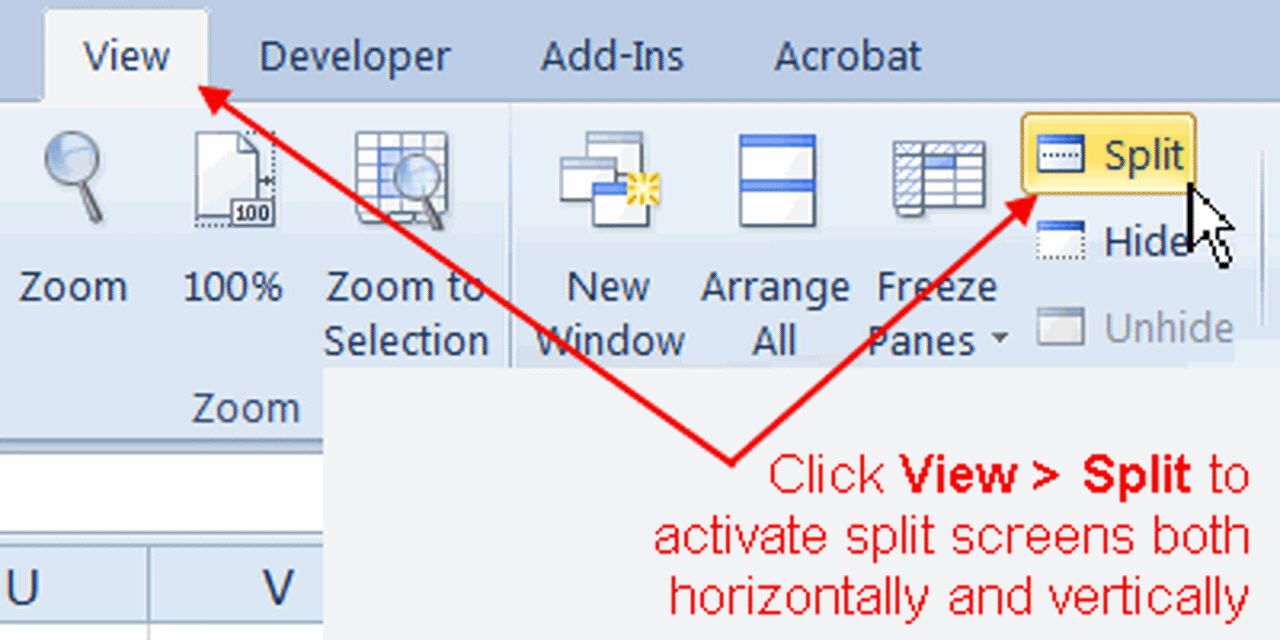5 Ways to Lock Cells in Excel Without Sheet Protection

When working with Microsoft Excel, safeguarding your data is essential, whether you're sharing files with colleagues or ensuring certain values remain static during your work. While traditional methods involve protecting the entire sheet, there are nuanced techniques to lock specific cells in Excel without sheet protection, providing flexibility and control. Here, we'll explore five methods to achieve this, ensuring your data remains secure and your spreadsheets remain usable.
1. Using Cell Protection Without Sheet Protection

Excel’s native cell protection feature, when used thoughtfully, allows for selective locking. Here's how:
- Select Cells: Identify the cells you wish to lock.
- Lock Cells: Right-click, choose 'Format Cells,' go to the 'Protection' tab, and check the 'Locked' box.
- Protect Workbook Structure: Go to the 'Review' tab, click 'Protect Workbook,' and check 'Structure' without checking 'Windows.'
📝 Note: This method does not prevent editing but does control the structure of your workbook.
2. Data Validation

Data validation offers another approach to control data entry, essentially acting as a form of soft cell locking:
- Select the cells you want to control.
- Go to 'Data' > 'Data Validation.'
- Set up rules to restrict input, like allowing only specific values or formats.
| Data Validation Type | Description |
|---|---|
| Whole Number | Limits input to whole numbers. |
| List | Restricts input to predefined options. |
| Custom | Allows complex rules via formulas. |

3. Conditional Formatting for Read-Only Appearance

While not a security measure, conditional formatting can visually suggest that certain cells are read-only:
- Select the cells.
- Go to 'Home' > 'Conditional Formatting' > 'New Rule.'
- Set a rule to change the cell's appearance (e.g., gray background).
📝 Note: This method is for visual cues only; cells are still editable but less likely to be modified.
4. Using Named Ranges to Manage Edits

Named ranges can be used to lock cells indirectly by:
- Defining a named range with 'Define Name' under 'Formulas.'
- Setting up a worksheet event that prevents changes to specific ranges.
5. VBA Macro for Dynamic Cell Locking

For more advanced users, Visual Basic for Applications (VBA) can dynamically lock cells without sheet protection:
- Open the Visual Basic Editor with Alt + F11.
- Insert a new module and write a macro to lock cells based on criteria.
Sub LockSpecificCells()
Dim ws As Worksheet
Set ws = ThisWorkbook.Sheets("Sheet1")
ws.Range("B2:C10").Locked = True
End Sub
📝 Note: This method requires knowledge of VBA programming and might not be suitable for users without such experience.
The five methods discussed here offer a comprehensive toolkit for those looking to lock specific cells in Excel without resorting to full sheet protection. Each technique provides a different level of security and user interaction:
- Cell Protection for maintaining workbook structure.
- Data Validation for controlled input.
- Conditional Formatting for visual guidance.
- Named Ranges for indirect cell management.
- VBA Macros for dynamic, custom locking solutions.
In wrapping up, we've navigated through various techniques to lock cells in Excel without sheet protection. Each method caters to different needs, from maintaining data integrity to guiding user interaction with your spreadsheets. Whether you opt for Excel's built-in features like cell protection and data validation or delve into the more complex realm of VBA, these strategies give you the power to control cell edits while keeping your workbook accessible for collaboration. Remember, the choice of method should align with your specific project requirements and your comfort level with Excel's features.
Can I still protect the entire sheet while using these methods?

+
Yes, you can combine sheet protection with these techniques for added security. However, individual cell locking methods are more flexible for collaboration.
Do these methods work on all versions of Excel?

+
Most methods are compatible with recent versions of Excel (2013 and onwards). VBA macros might require adjustments for earlier versions.
Is conditional formatting as effective as data validation for locking cells?

+
No, conditional formatting is for visual cues, not security. Data validation provides actual input restrictions.
Can I undo these locking methods?

+
Most changes can be undone via Excel’s ‘Undo’ feature or by adjusting the settings again. For VBA, you’d need to modify the code or remove it.
Are there any risks involved with using VBA macros for locking cells?

+
Yes, macros can be risky if not from trusted sources or if poorly written. Always keep backups of your work before implementing macros.



